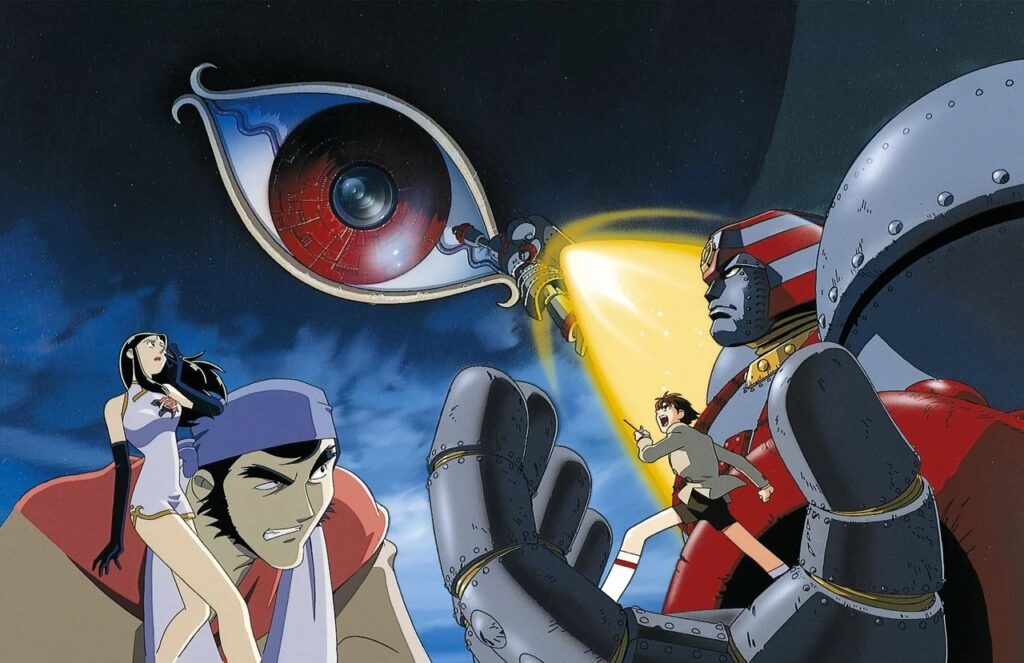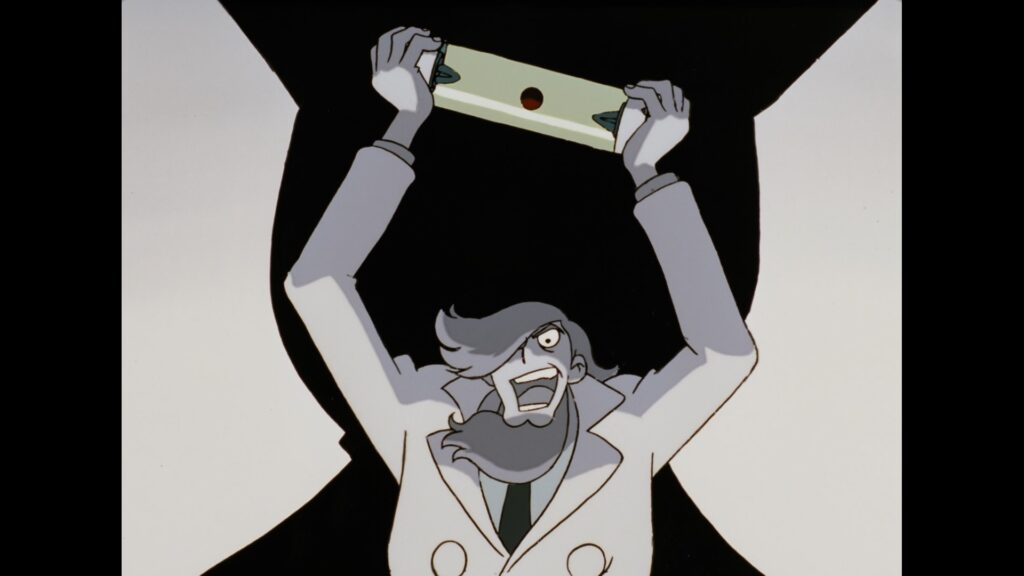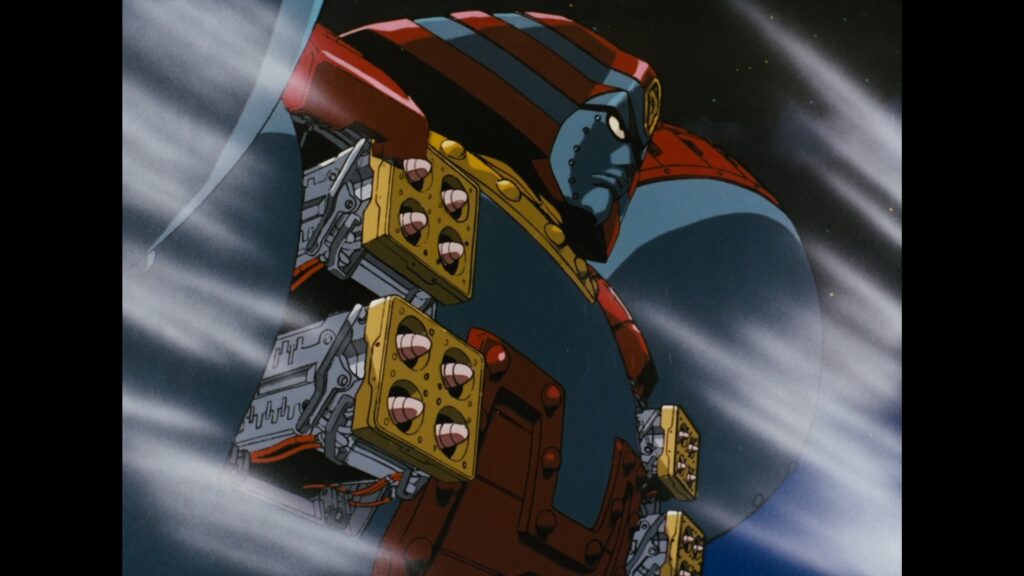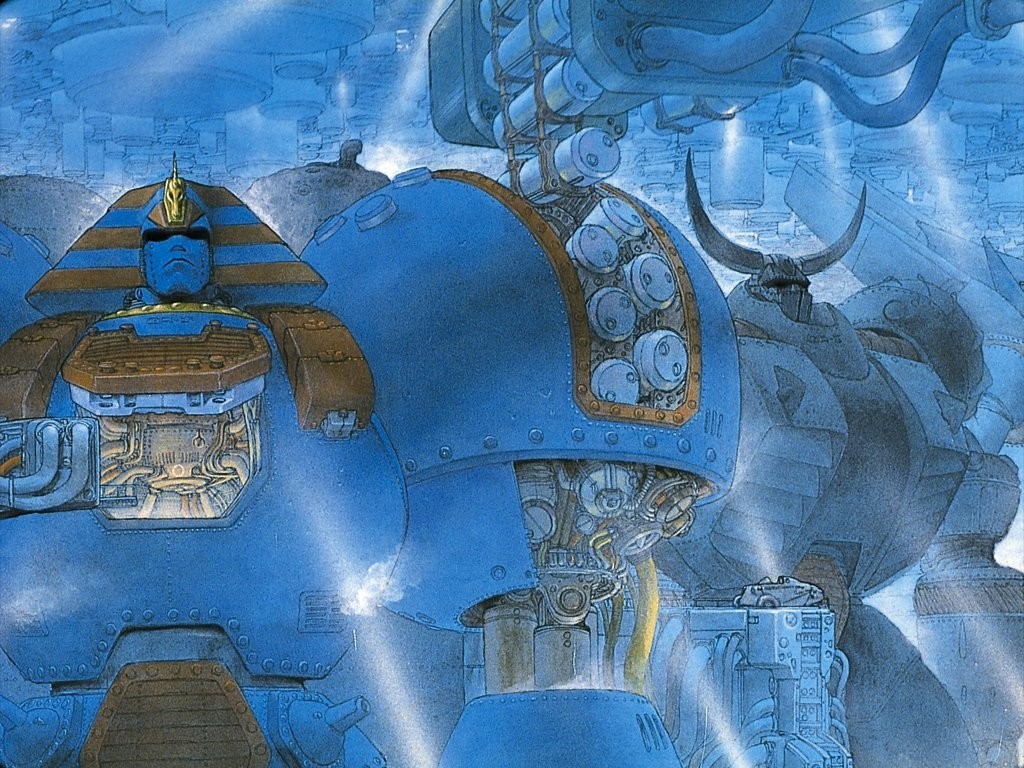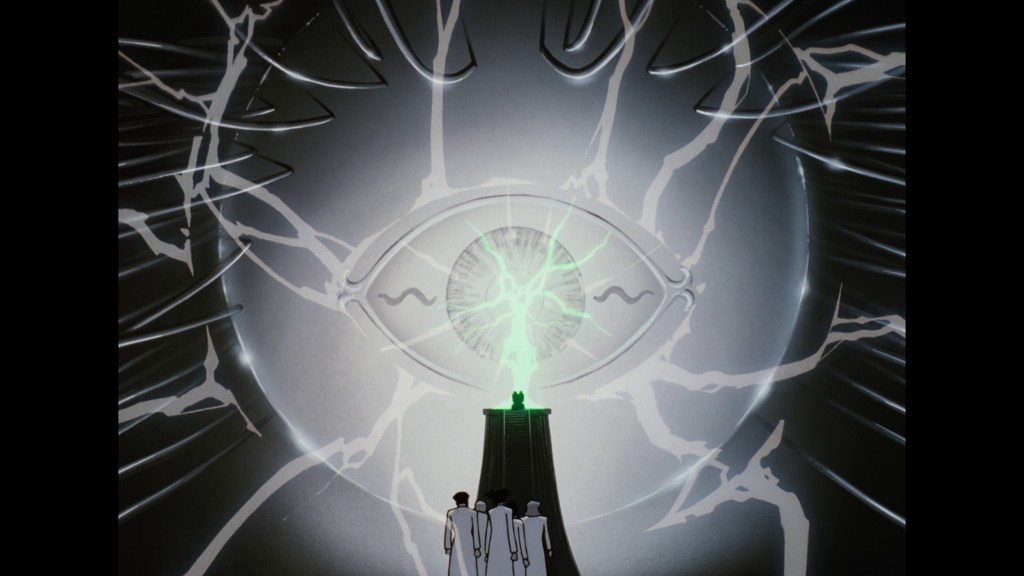
Anime Review: Giant Robo: The Day The Earth Stood Still
The World shall witness it, the beautiful night!
“Reimagining” – a term for a remake of an original work, but with a distinct original mark enough to distinguish it from the original. “Reimagining” a work is really difficult and risky – there are many successful anime series such as Devilman Crybaby, Shin Mazinger Z, but there are also many failed attempts. So, what’s the key to create a good “reimagining”? Yasuhiro Imagawa answered this question. Passionate, talented, and a huge fan of Mitsuteru Yokoyama, Imagawa has brilliantly re-imagined Giant Robo in an incredibly profound and artistic story.
Giant Robo was first a manga created by Mitsuteru Yokoyama, a mangaka revered by many famous authors and the “grandfather” of the mecha genre, and published in 1967. Later, the manga was adapted into a tokusatsu film by Toei, and it was further released in the US under the title “Johnny Sokko and His Flying Robot”. The series became one of the cult classics for tokusatsu lovers, including Yasuhiro Imagawa. The opportunity came to him when in 1990, Imagawa was asked to participate in an anime adaptation of the Giant Robo manga, and of course he immediately agreed. Along with many other talents, Imagawa created Giant Robo: The Day the Earth Stood Still (abbreviated as GR:TDTESS), a 7-episode OVA that spanned from 1992 to 1998.
Giant Robo was first a manga created by Mitsuteru Yokoyama, a mangaka revered by many famous authors and the “grandfather” of the mecha genre, and published in 1967. Later, the manga was adapted into a tokusatsu film by Toei, and it was further released in the US under the title “Johnny Sokko and His Flying Robot”. The series became one of the cult classics for tokusatsu lovers, including Yasuhiro Imagawa. The opportunity came to him when in 1990, Imagawa was asked to participate in an anime adaptation of the Giant Robo manga, and of course he immediately agreed. Along with many other talents, Imagawa created Giant Robo: The Day the Earth Stood Still (abbreviated as GR:TDTESS), a 7-episode OVA that spanned from 1992 to 1998.
The OVA series is set in a fictional world, where people have found a renewable energy source capable of replacing petroleum and nuclear power – “Shizuma Drive“. Thanks to this new energy source, the world becomes more peaceful, no more energy wars or nuclear threats. However, underneath that layer of peace, there is an evil organization hellbent on ruling humanity with violence – the Big Fire Group (BF Group for short). To stop the Big Fire’s plans, the International Police Organization, along with a network of super-powered agents known as “Experts of Justice”, is formed. Among those agents is Daisaku Kusama, a seemingly ordinary 12-year-old boy who holds command of the most powerful fighting robot on the planet – the Giant Robo.
The film’s premise may sound as simple as a common premise in superhero movies, but with profound writing and directing skills, director Imagawa weaves it into a compelling and thought provoking story. The setting is quite unique, when combining modern style with nostalgic elements from Giant Robo manga and wuxia works. This is because, although Imagawa was entitled to use the manga’s name, script, and main characters, he was not allowed to use any supporting characters from the TV show in his anime. To overcome that obstacle, he quick-wittedly approached Yokoyama sensei and asked to use the characters from his other works in the anime, of course this request was granted. The result is a movie that features both cutting-edge technology, giant robots, and supernatural powers from Tetsujin-28, Giant Robo, God Mars, Babel II, Sally the Witch, and martial arts heroes from Yokoyama sensei’s manga adaptations of Water Margin and Romance of the Three Kingdoms. Chinese heroes, samurai, ninjas, detectives, dancers, monks, magicians, men in suits with supernatural powers, and giant robots duke it out in backgrounds that are part sci-fi, part 60’s, and part has the ancient nature of swordplay, combined into a fantastic, full of nostalgia but extremely new and exciting setting that stands the test of time.
The film’s premise may sound as simple as a common premise in superhero movies, but with profound writing and directing skills, director Imagawa weaves it into a compelling and thought provoking story. The setting is quite unique, when combining modern style with nostalgic elements from Giant Robo manga and wuxia works. This is because, although Imagawa was entitled to use the manga’s name, script, and main characters, he was not allowed to use any supporting characters from the TV show in his anime. To overcome that obstacle, he quick-wittedly approached Yokoyama sensei and asked to use the characters from his other works in the anime, of course this request was granted. The result is a movie that features both cutting-edge technology, giant robots, and supernatural powers from Tetsujin-28, Giant Robo, God Mars, Babel II, Sally the Witch, and martial arts heroes from Yokoyama sensei’s manga adaptations of Water Margin and Romance of the Three Kingdoms. Chinese heroes, samurai, ninjas, detectives, dancers, monks, magicians, men in suits with supernatural powers, and giant robots duke it out in backgrounds that are part sci-fi, part 60’s, and part has the ancient nature of swordplay, combined into a fantastic, full of nostalgia but extremely new and exciting setting that stands the test of time.
The plot revolves around the mystery of “Shizuma Drive”, specifically the Bashtarle Tragedy, an event that took place ten years ago related to the origin of Shizuma Drive, an incident that not only wiped a country from the map but also shut down all of the world’s energy, plunging the world into turmoil for 7 days and killing almost two-thirds of the world’s population, until the Shizuma Drive is completed. The series opens like most films directed by Imagawa, it is overwhelmed by the very fast initial storyline, “flash bombing” the viewer with strange and confusing details, characters, and information, making the audience want to continue watching to know why the other characters and events are like that. Imagawa is one of the few people who can turn this info-dump opening into a charm. Contributing to the fascination of the OVA series at the beginning of the film is probably the fact that Imagawa does not start the series from the beginning of the story, but from the mid point during the good-evil war of the BF Group and the Experts of Justice, and consider many things in the anime as the viewer already knows. That decision makes you feel like turning on the television and coming across a show or movie midway through, and despite not understanding anything, you keep watching it because you find it interesting. This must have been the experience of those who have had their childhood tied to Giant Robo.
Using a grand mystery as the core of the story and gradually unfolding it, while weaving in other stories, has become Imagawa’s trademark, and this narrative was used in GR:TDTSESS. The plot of the story mainly revolves around the Bashtarle Tragedy and the mysteries behind it, and each time a mystery is revealed there is a plot twist. Three times light was shined upon the Bashtarle Tragedy, and each time astonished me, with the last one being the most impressive. Before talking about these three plot twists, let’s talk about the question “Can happiness be achieved without sacrifice?” coined by Imagawa. The director, through the movie, asked a lot of questions, but the question above was the one that got me thinking the most. It does not appear in the first episodes, but from the fourth, when Daisaku is in a coma and recalls when he was entrusted with the Giant Robo by his father. His father, Professor Kusama at the time was a robotics engineer of the BF Group, who created the GR-1, a fearsome weapon of destruction, but was enlightened and wanted to destroy the BF Group from within. However, he failed, and as he was dying, he gave control of Giant Robo to his son, saying, “Grow up and tell me if happiness can be attained without sacrifices?”. That quote became the theme throughout the movie.
Using a grand mystery as the core of the story and gradually unfolding it, while weaving in other stories, has become Imagawa’s trademark, and this narrative was used in GR:TDTSESS. The plot of the story mainly revolves around the Bashtarle Tragedy and the mysteries behind it, and each time a mystery is revealed there is a plot twist. Three times light was shined upon the Bashtarle Tragedy, and each time astonished me, with the last one being the most impressive. Before talking about these three plot twists, let’s talk about the question “Can happiness be achieved without sacrifice?” coined by Imagawa. The director, through the movie, asked a lot of questions, but the question above was the one that got me thinking the most. It does not appear in the first episodes, but from the fourth, when Daisaku is in a coma and recalls when he was entrusted with the Giant Robo by his father. His father, Professor Kusama at the time was a robotics engineer of the BF Group, who created the GR-1, a fearsome weapon of destruction, but was enlightened and wanted to destroy the BF Group from within. However, he failed, and as he was dying, he gave control of Giant Robo to his son, saying, “Grow up and tell me if happiness can be attained without sacrifices?”. That quote became the theme throughout the movie.
The whole story is a giant discussion about the necessity and right and wrong of the sacrifices behind the peace we have. Twice the secrets surrounding the Bashtarle Tragedy are revealed to evoke thoughts in the reader on the subject: for the first time, the innocent boy Daisaku Kusama, who has always admired and considered Shizuma Drive a great invention, learned the hidden truths behind it – the total destruction of the country of Bashtarle, and the fact that the Earth stood still for a week. For the second time, he learned that professor Franken Von Vogler, who was blamed for these disasters, was the one who had tried to prevent the dangerous experiment of the rest of the professors, and professor Shizuma, who is hailed as the father of Shizuma Drive, was the one who initiated the reckless experiment that led to the entire disaster. The fact that those heinous crimes were hidden from everyone, by the authorities themselves and those involved, even though the decision hurt them a lot, is extremely important for Shizuma Drive to be accepted by the people and to be applied into daily life, improving the standard of living of the whole world. The film does not answer whether it is morally right or wrong, but leaves the viewer to decide for themselves.
The third plot twist is at the end of the film, when Genya obtains three Anti-Shizuma Drives and uses them. Contrary to Genya’s expectation that when the three Anti-Shizuma Drives are activated together, it will destroy all the oxygen on Earth, that does not happen, but on the contrary, the three Anti-Shizuma Drives restore the Shizuma Drives around the world and even upgrade them. Genya embraces revenge while misunderstanding his father’s will, and what remains with him is loss, pain and emptiness, is also a message the director wants to convey – “the sorrow of being misunderstood”. The end of the film once again raises the question “Is sacrifice necessary?”, this time on a very large scale, with the sacrifice being pain and loss throughout the entire film, in exchange for the perfection of Shizuma Drive. Peaceful and tragic at the same time, the ending of GR:TDTESS is the perfect ending to the show’s excellent story (though Imagawa was not satisfied with it).
The third plot twist is at the end of the film, when Genya obtains three Anti-Shizuma Drives and uses them. Contrary to Genya’s expectation that when the three Anti-Shizuma Drives are activated together, it will destroy all the oxygen on Earth, that does not happen, but on the contrary, the three Anti-Shizuma Drives restore the Shizuma Drives around the world and even upgrade them. Genya embraces revenge while misunderstanding his father’s will, and what remains with him is loss, pain and emptiness, is also a message the director wants to convey – “the sorrow of being misunderstood”. The end of the film once again raises the question “Is sacrifice necessary?”, this time on a very large scale, with the sacrifice being pain and loss throughout the entire film, in exchange for the perfection of Shizuma Drive. Peaceful and tragic at the same time, the ending of GR:TDTESS is the perfect ending to the show’s excellent story (though Imagawa was not satisfied with it).
Having a character-driven plot, GR:TDTESS revolves around the characters’ relation to the Bashtarle Tragedy and their actions and reactions to that connection, with the growth of Daisaku Kusama being the focus. The boy, having witnessed his father’s death and being dragged into a fierce battle at the age of six, is rigidly and obsessively determined to fulfill his father’s will – to defeat the BF Group. Daisaku is always brave in the face of his enemies, but he only works hard to fulfill his father’s will, and doesn’t care about his teammates – always acting on his own initiative and only treating the Giant Robo as an instrument of war. Daisaku’s attitude costs everyone dearly, and it’s only when he fails and then feels the love the Experts of Justice have for him that he understands that he’s not fighting alone. However, his spirit’s still distracted by the day Giant Robo was handed to him, especially by his father’s question: “Can happiness be achieved without sacrifice?”. At that age, the young man clings to his ideals, believing that everything he knows so far was true, trying to deny the reality in front of him, refusing to accept the idea that his father could be a bad guy and that sacrifice is necessary.
“If, like you said, sacrificing Ginrei is the adult thing to do, I don’t want to be an adult at all!”
When he’s on the final frontier, Daisaku remains in denial of the cruelty of reality and of adults, and all the struggles in his mind keep him frozen in place, doing nothing while the fate of the world is hanging by a thread, and he’s the only one with the power to save it. In the end, having witnessed the brutal battle and destruction caused by the Giant Sphere, his will prevailed. The weakness left his body through tears, paving the way for Daisaku’s renewed determination. He has come to understand that, whether sacrifice is right or wrong, necessary or not, he will never be able to answer, but moving forward, doing what he can, believing what he believes is right, facing the difficulties right in front of him, looking for answers – keep on living, is what really matters.
“To seek out the truth gives it meaning and purpose”.
After the battle, Daisaku Kusama and Robo looked towards the dawn, where hope, as well as new battles, awaited him. Daisaku, and the viewers alike, know that he will continue to fight, moving on with a newfound determination he has built for himself. Respecting the past, but not letting it determine what happens in the future, is the big message that director Imagawa wants to interpret through the film.
“If, like you said, sacrificing Ginrei is the adult thing to do, I don’t want to be an adult at all!”
When he’s on the final frontier, Daisaku remains in denial of the cruelty of reality and of adults, and all the struggles in his mind keep him frozen in place, doing nothing while the fate of the world is hanging by a thread, and he’s the only one with the power to save it. In the end, having witnessed the brutal battle and destruction caused by the Giant Sphere, his will prevailed. The weakness left his body through tears, paving the way for Daisaku’s renewed determination. He has come to understand that, whether sacrifice is right or wrong, necessary or not, he will never be able to answer, but moving forward, doing what he can, believing what he believes is right, facing the difficulties right in front of him, looking for answers – keep on living, is what really matters.
“To seek out the truth gives it meaning and purpose”.
After the battle, Daisaku Kusama and Robo looked towards the dawn, where hope, as well as new battles, awaited him. Daisaku, and the viewers alike, know that he will continue to fight, moving on with a newfound determination he has built for himself. Respecting the past, but not letting it determine what happens in the future, is the big message that director Imagawa wants to interpret through the film.
Good writing needs good animation, and GR:TDTESS has that. The film succeeded in capturing the artstyle of Yokoyama sensei, thanks to the vision of Imagawa as well as the talented designers. The characters designed by Toshiyuki Kubooka and Akihiko Yamashita look like they came out of cartoons of the 60s, with extremely simple appearances but enough to highlight their personalities. The Giant Robo, redesigned by Makoto Kobayashi, is transformed into a true giant that lives up to its name: huge and heavy, armed to the teeth, with oversized shoulders and an expressionless, ferocious face that gives the Giant Robo an intimidating feel.
Of course, the biggest visual highlight of the film is the animation. The flashy animation style of the film highlights the secret moves of the heroes, along with excellent fight choreography, making the battles in GR:TDTESS pure eye-candy. While all the superhumans duke it out like flashes of lightning and violence, the robots are heavy, cumbersome but ferocious. You can feel the different in weight when Alberto and Taiso fight compared to a single punch from Robo. They spared no frames to deliver some classic heavyweight beatdown when the giants are on the field. However, compared to the runtime of the show, the screen time of the mechs aren’t too many. And many mecha fans may be left dissatisfied because of it. Though the robot action isn’t the main highlights of the show, the imagery and screenplay was gorgeous for a 20+ year old OVA.
Audio of the OVA has pushed it to the next level. The soundtrack is massive, featuring more than 100 operatic pieces, composed, arranged and conducted by Masamichi Amano, composer of the classic film Battle Royale, and performed by the Warsaw National Philharmonic Orchestra. The series’ extremely cinematic soundtracks do a great job of boosting emotion in scenes, like Giant Robo’s eloquent intimidation through “Charge! Its name is Giant Robo!”, or the epic heroism of Big Bang Punch through “Fate of Saint Abbe”. On top of that, the voice acting of the film deserves praises beyond. Viewers can feel the emotions of grief, anger, determination, despair, fatigue, and regret of the characters very, very clearly through the voice of the character. The performances of all the voice actors are equally good, but if I had to choose one scene that I like the most, it would be the scene where Tetsugyu blames himself on a hot air balloon himself Taiso’s death – one of the most realistic and impressive in the movie.
Of course, the biggest visual highlight of the film is the animation. The flashy animation style of the film highlights the secret moves of the heroes, along with excellent fight choreography, making the battles in GR:TDTESS pure eye-candy. While all the superhumans duke it out like flashes of lightning and violence, the robots are heavy, cumbersome but ferocious. You can feel the different in weight when Alberto and Taiso fight compared to a single punch from Robo. They spared no frames to deliver some classic heavyweight beatdown when the giants are on the field. However, compared to the runtime of the show, the screen time of the mechs aren’t too many. And many mecha fans may be left dissatisfied because of it. Though the robot action isn’t the main highlights of the show, the imagery and screenplay was gorgeous for a 20+ year old OVA.
Audio of the OVA has pushed it to the next level. The soundtrack is massive, featuring more than 100 operatic pieces, composed, arranged and conducted by Masamichi Amano, composer of the classic film Battle Royale, and performed by the Warsaw National Philharmonic Orchestra. The series’ extremely cinematic soundtracks do a great job of boosting emotion in scenes, like Giant Robo’s eloquent intimidation through “Charge! Its name is Giant Robo!”, or the epic heroism of Big Bang Punch through “Fate of Saint Abbe”. On top of that, the voice acting of the film deserves praises beyond. Viewers can feel the emotions of grief, anger, determination, despair, fatigue, and regret of the characters very, very clearly through the voice of the character. The performances of all the voice actors are equally good, but if I had to choose one scene that I like the most, it would be the scene where Tetsugyu blames himself on a hot air balloon himself Taiso’s death – one of the most realistic and impressive in the movie.
A touching and poignant tale of sacrifice, of the future and the past and of fatherhood, masterfully rendered with impeccable animation and sound, is Giant Robo: The Day The Earth Stood Still, one of the major milestones of mecha anime to this day. Although not successful in terms of sale, it is probably a necessary sacrifice so that mecha fans in particular and anime fans in general can enjoy such a masterpiece. Through his magnum opus, Yasuhiro Imagawa has proven the formula for a good “reimagining” – passion, talent and burning love for the original work.
G.Andy
G.Andy
Check out more recommendations:

A desolate planet now submerged in liquid. A totally unique and fresh mecha series where all the robots are underwater. Oh and there’s also a talking whale.

A love story that spans through 12000 years. The war between Angels and humans fueled by passionate emotions. Shoji Kawamori shows us why he’s the master of the sky.
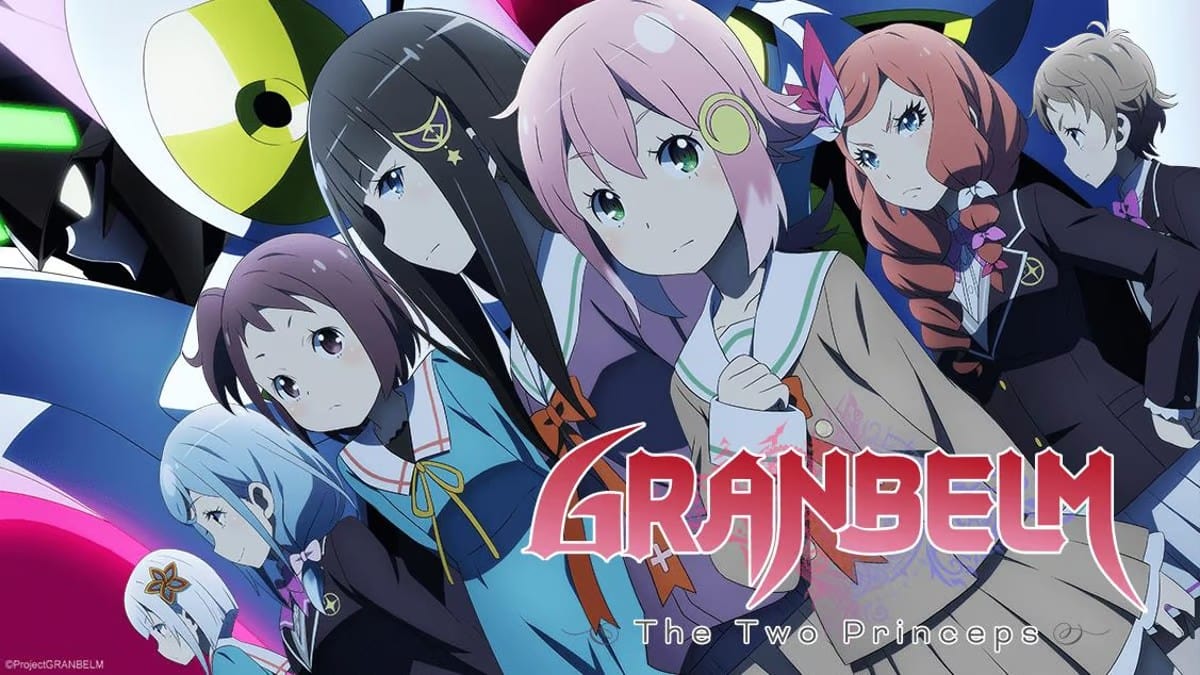
What happens if we mix Mahou Shoujo, Mecha and Battle Royale into one? We get Granbelm – an emotional story about the lives of young girls entangled in an ancient war.
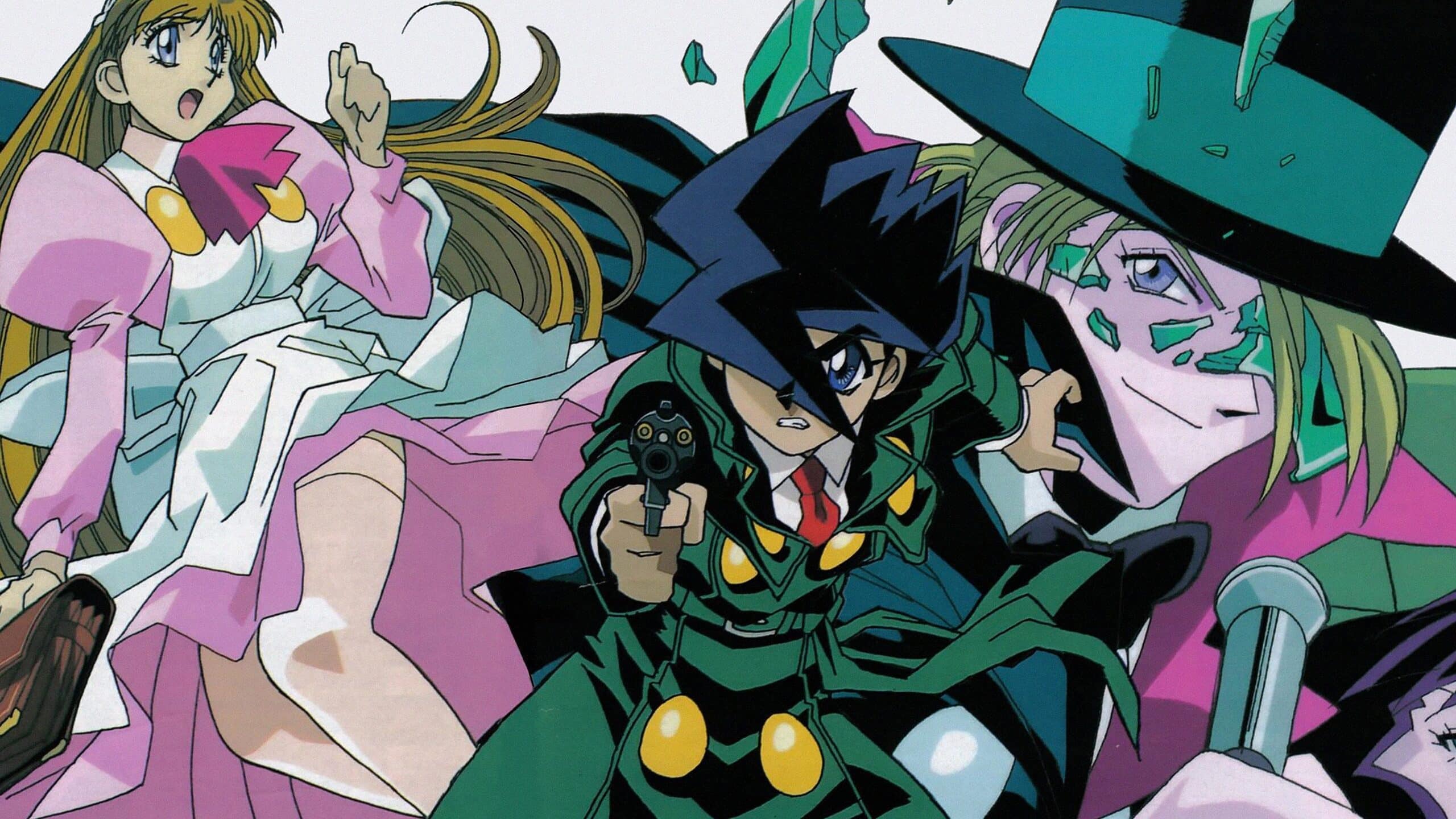
In the city of smoke and steam, a young kid works as a detective alongside his nurse and butler to protect the peace. An old classic for fans of the steampunk style.

The 2nd season of the lovely Mass-Produced Riko series. Join Riko and co as they embark on an all new venture, while drawing interesting lesson from building plastic models.

The long-awaited continuation of the mecha isekai of pain. Season 2 of Muv-Luv Alternative is definitely trying to woo you by slamming intense scenes at you – but is it worth it?

One of the most difficult to adapt Mecha series, Muv-Luv Alternative anime started off with a questionable season, but you should still check it out.

A remake of another Tatsunoko hero. The Space Knight returns with a completely new story, design and brings us on an emotional journey of a tragic hero.

An OVA that took place between the movie and Exodus, Behind The Line shows us how the characters mature throughout the season, with a hint of retrospective nostalgia.
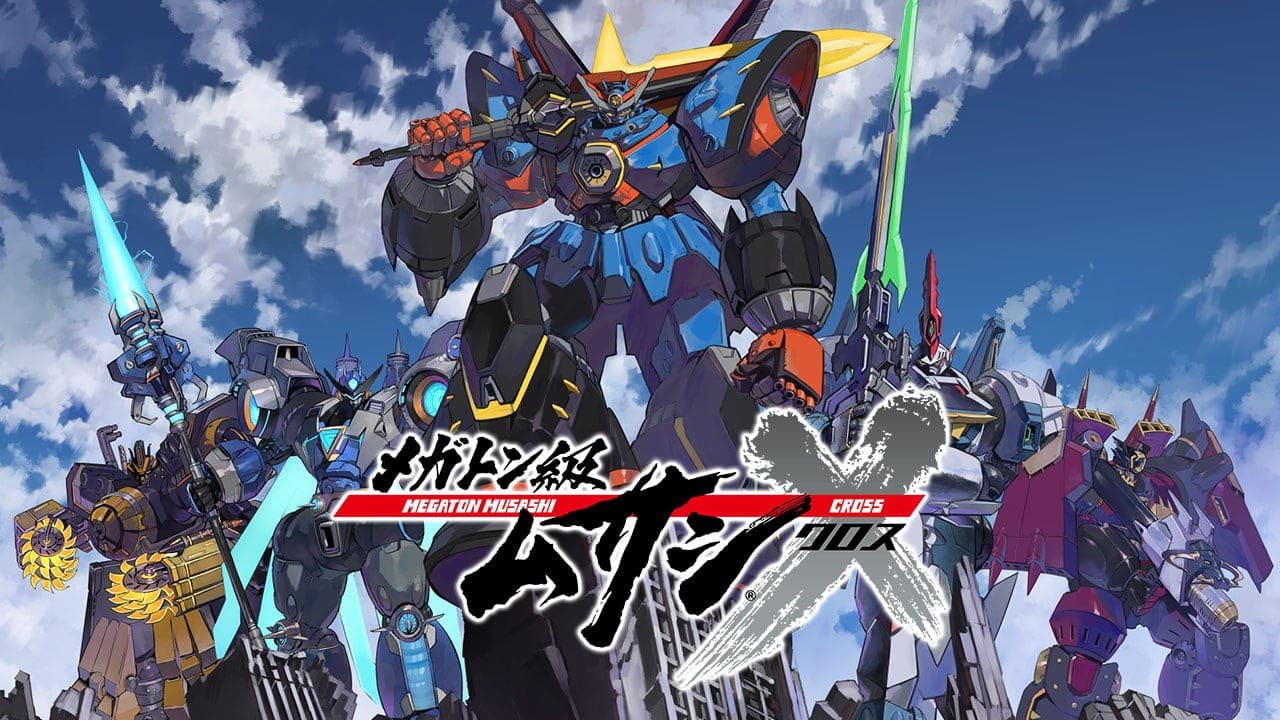
The continuation of the hot-blooded saga, this time filled with emotional drama and even more badass action. A great video game adaptation but not without flaws.
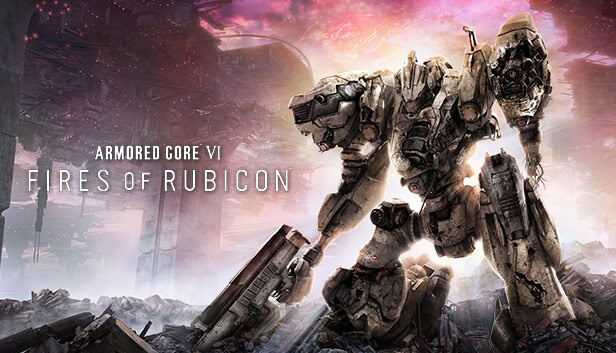
The long awaited legend’s return that satisfy all mecha fan’s longing for a good game. Armored Core 6: Fires of Rubicon is an experience you have to play to believe.
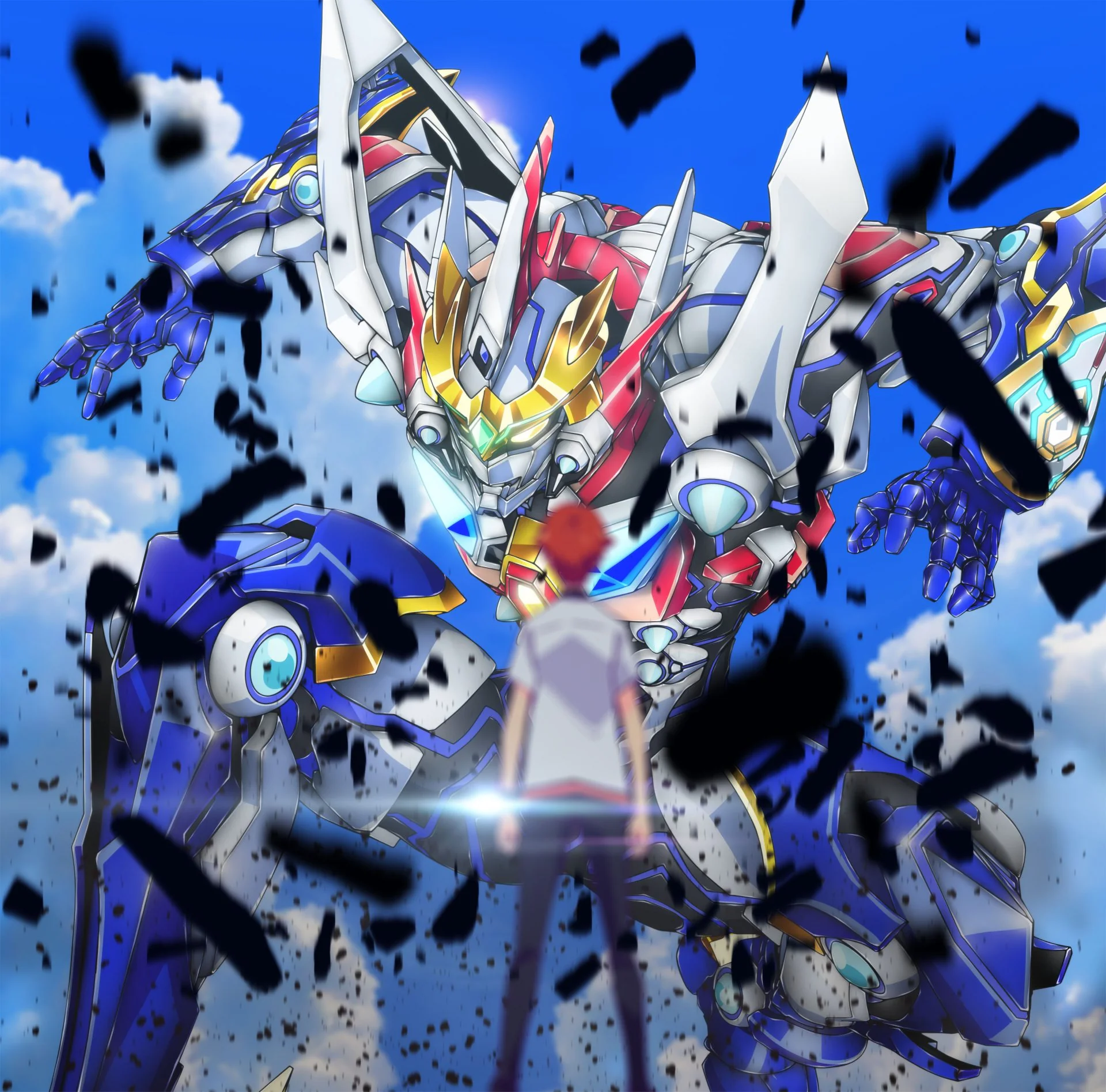
Universes collide as the cast of Gridman and Dynazenon is caught in a dimensional anomaly. But what’s more troubled is Yuuta – who has to become Gridman again with a troubled heart.
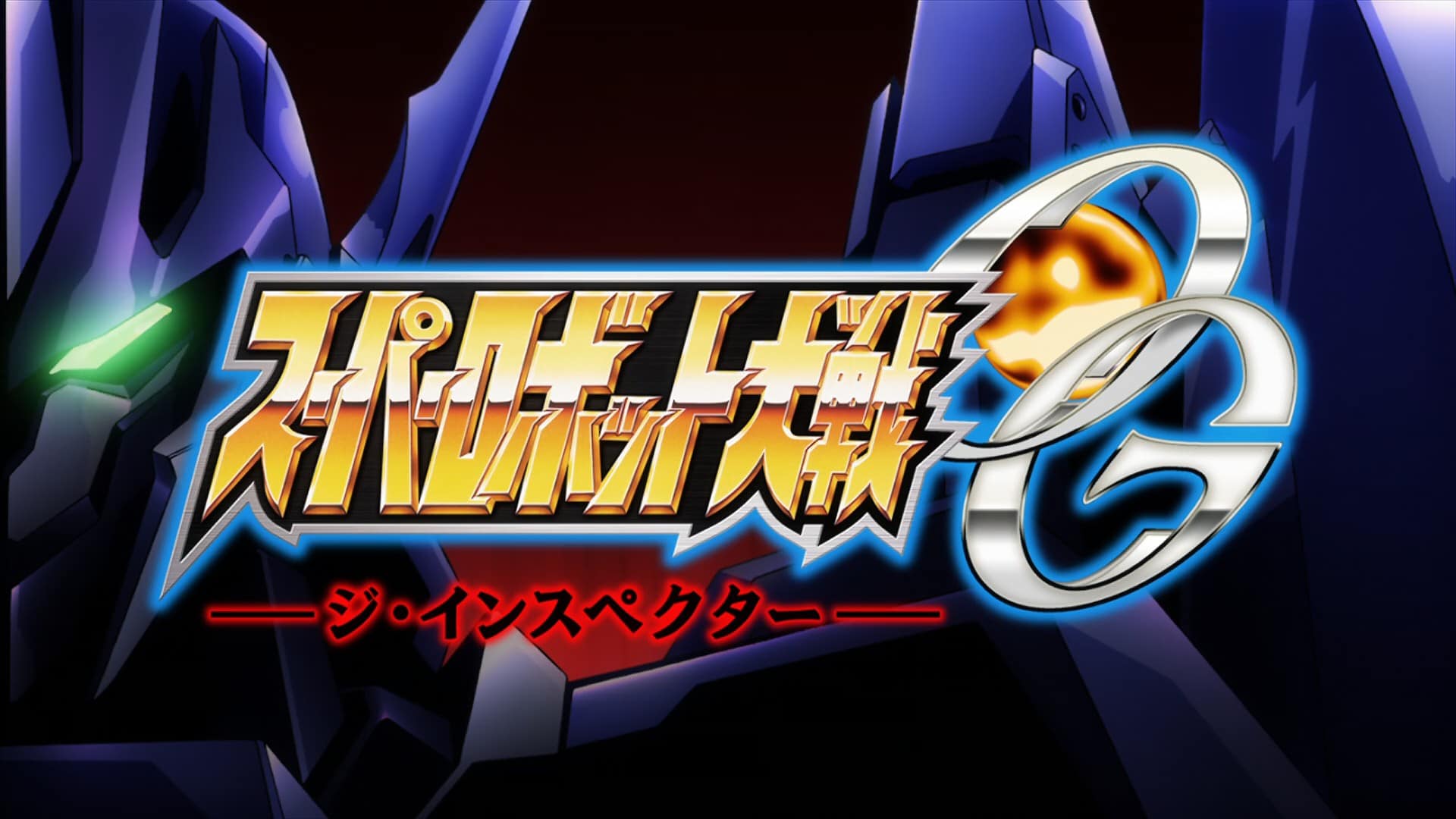
When you talk about the most badass mecha, you have to mention SRW OG and Masami Obari. And when these two combine, you get the best SRW anime of all time.
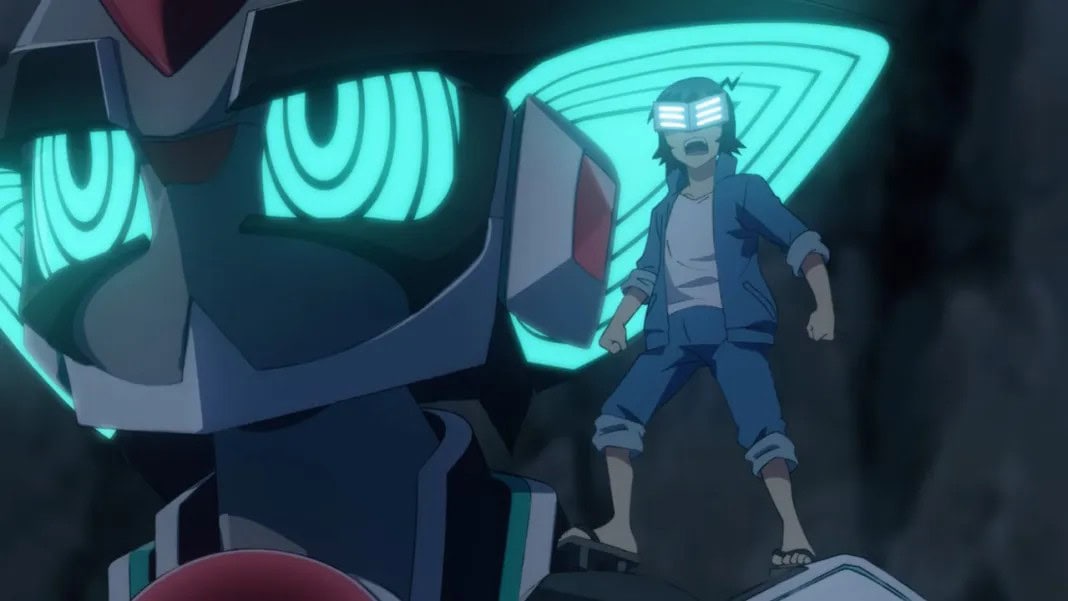
A unique series where the true pacifism versus justice. A bold premise and interesting gimmick make Planet With a very selective series in terms of audience – but it definitely deserves a chance.
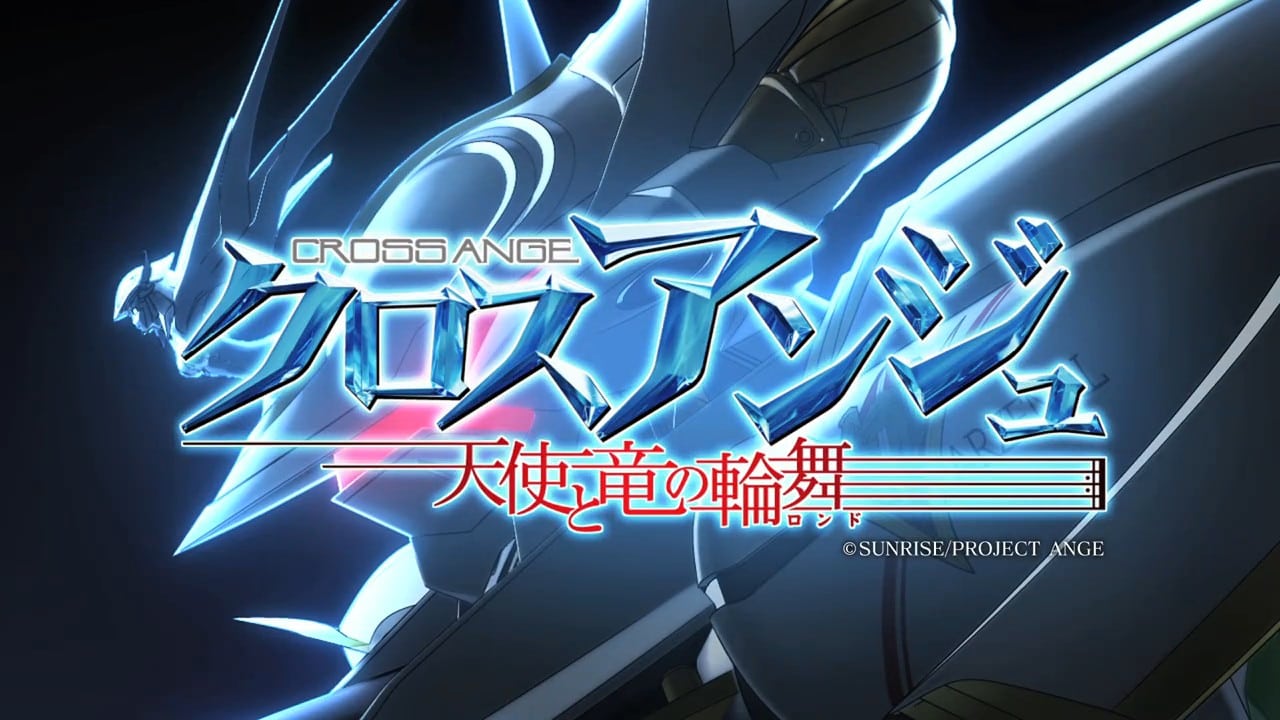
From the studio that created Buddy Complex and Valvrave, Cross Ange is another Sunrise’s original that challenges the limit of its audience once more .
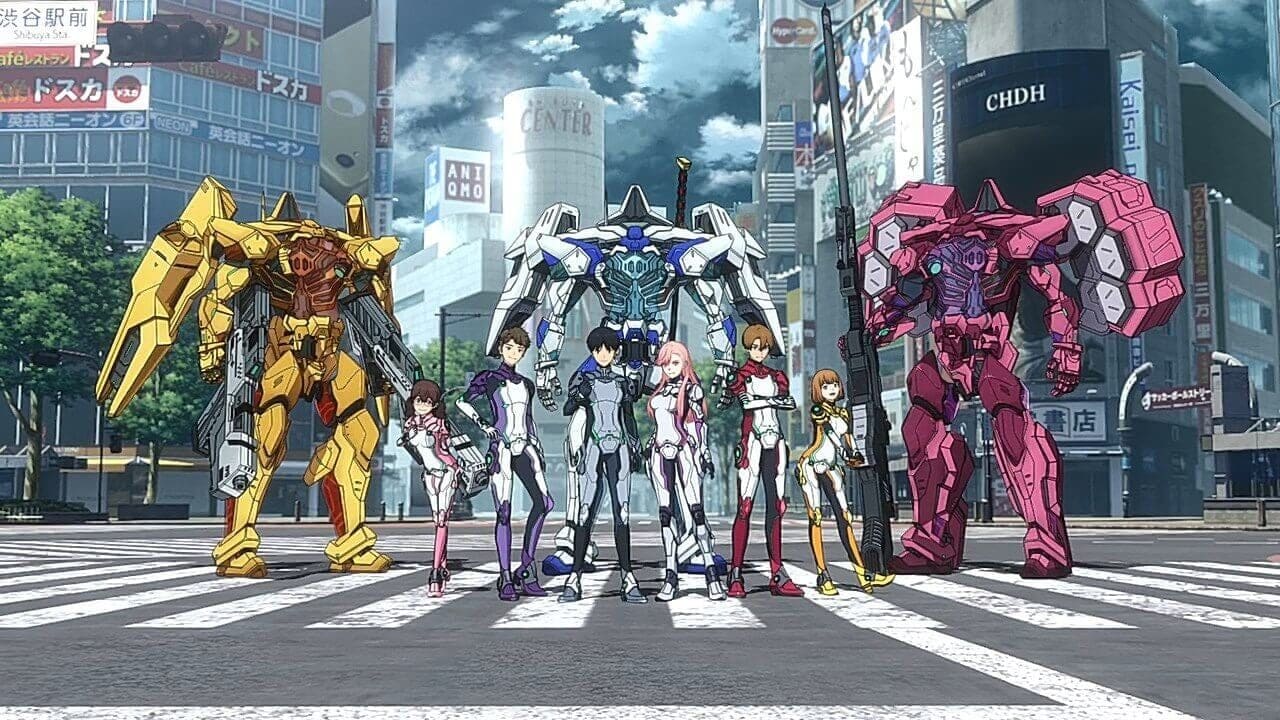
What will you do if you’re teleported to a time with giant grotesque monsters? For teenage student Daisuke Doujima, it’s a perfect chance for him to become a hero, and a saviour. But can he?
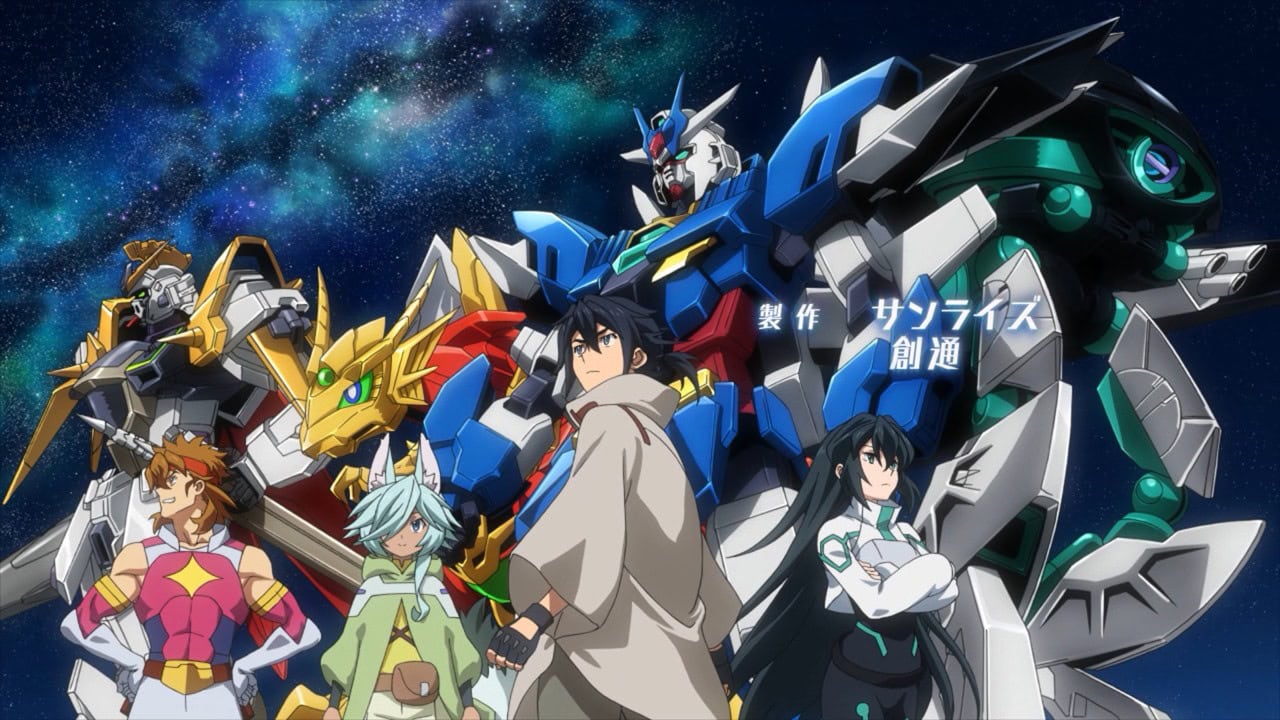
After 2 lukewarm series, Gundam Build rose to form again with Re:Rise. A story with deep characterization for a diverse and likeable cast and awesome Obari action.

Time to go digital! Build series is going full SAO and virtual with Build Divers – a light-hearted series and fun to enjoy without the need to complicate things.

The Super Graviton God is back! And this time the threat just got more vile. But Gravion also receive an upgrade…in true Obari fashion. Let’s see how the sequel holds up!

Following GBF, Sunrise wanted to capture the magic with TRY. However, they fell just short of greatness but still create a series with amazing Gunpla battles.
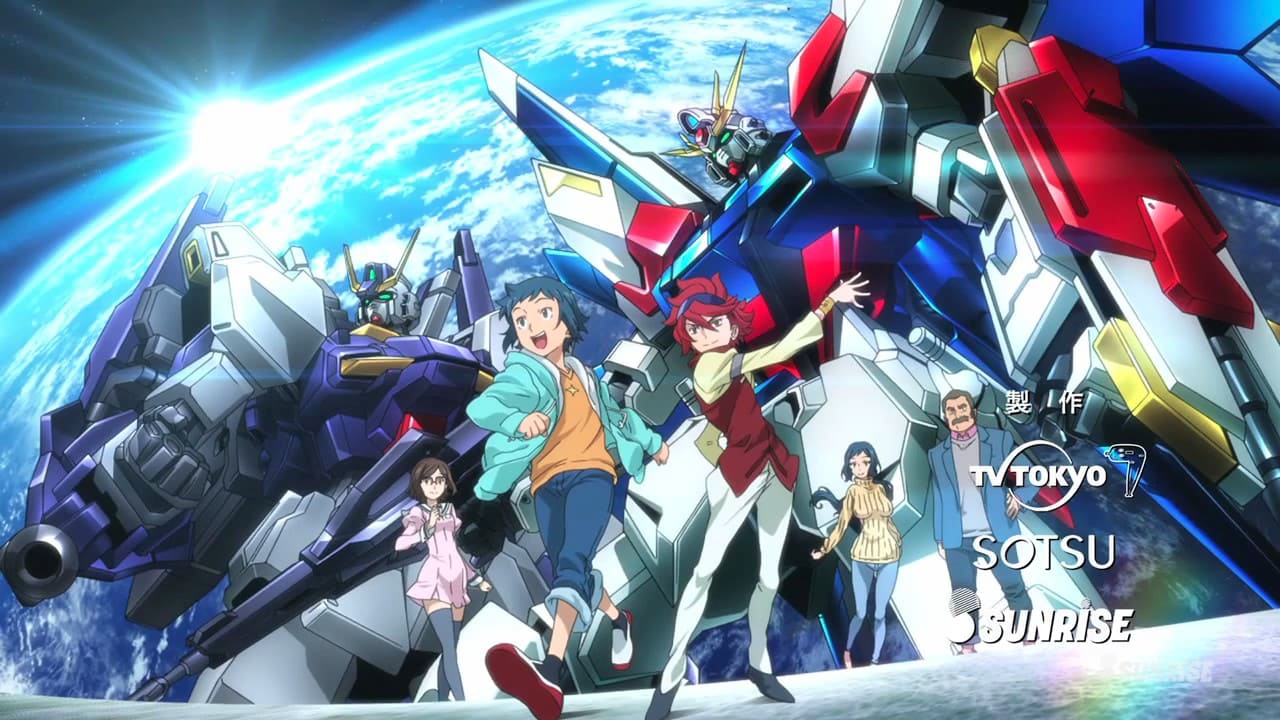
A hobby turned combat sport. Sunrise’s effort to attract new fans turned into a compelling series with gorgeous battles featuring iconic MS from the franchise.

The first animated Build series, Beginning G opened up new venues and excitement for the hobby, with light-hearted yet intense traditional MS battle.
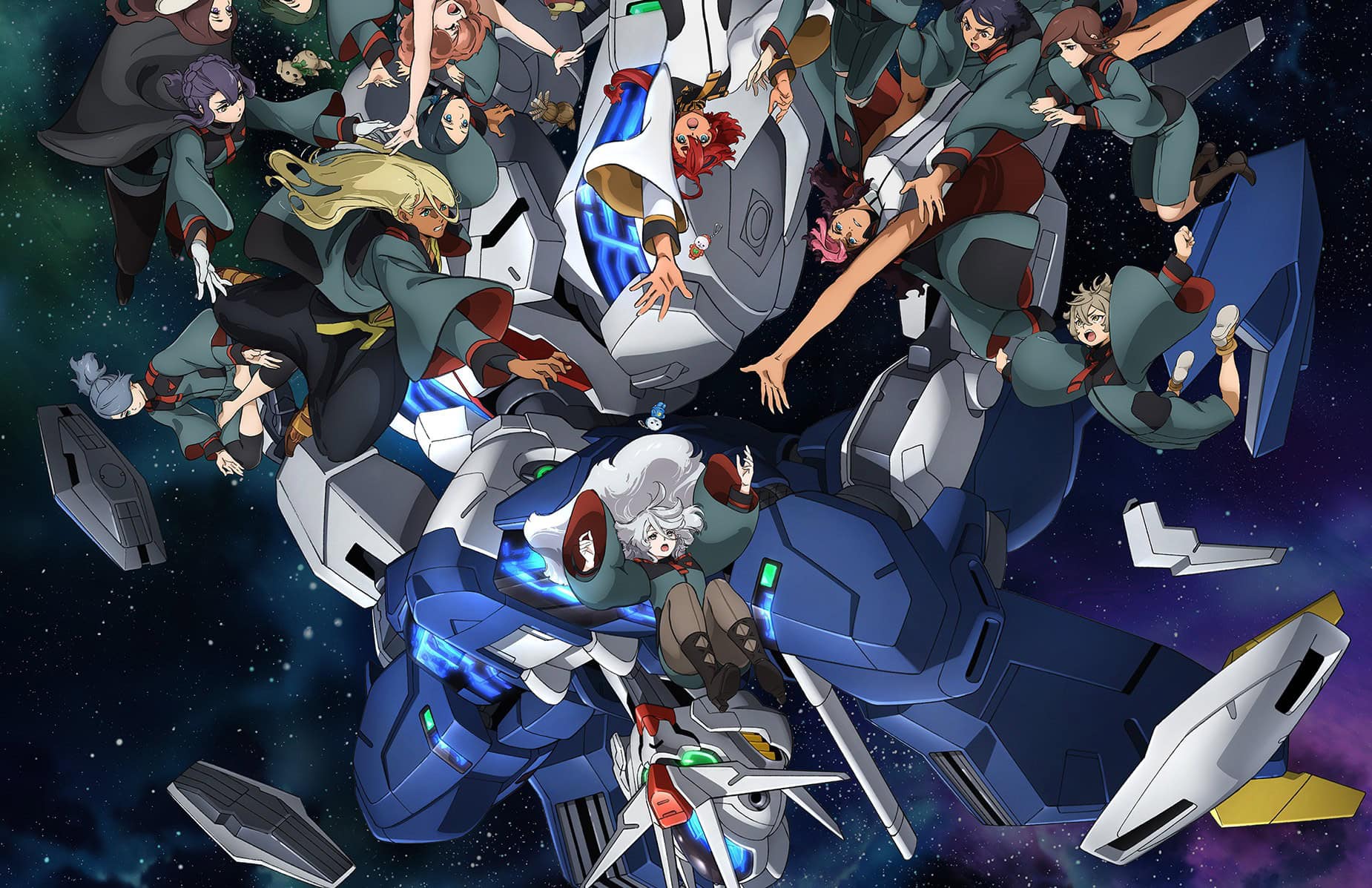
The shortest tv series Gundam ever, but was one of the most popular. G-Witch put Gundam back on the mainstream map, but do fans love it like non-fans do? The answer is quite divisive!

A heavy-weight in Masami Obari’s repertoire. Choujuushin Gravion is average in production quality, yet it is imbued with the spirit of the most badass over-the-top director of all time.

Do you want a Gundam series with a brighter tone but still has banger battles? Then Metal Armor Dragonar is a perfect series for you!

A Super Robot versus Alien mecha series, but this time it’s also infused with the intricacies of human’s most sacred bond: Marriage. Godannar put that relationship to the test!

A series about building regular model kit, and using them to find inspiration in life. A very uplifting and chill series for mecha fans to change their perspective on their hobby.

The sequel to SEED – a series that brought Gundam on top of the radar. Destiny is a sequel that earned both the intense love and hate within the fandoms.

The 3rd Tokusatsu series by Director Anno Hideaki. Shin Kamen Rider revisits the core message of what it means to be a Rider and to fight for justice while putting a modern spin on it.

The most ambitious superhero crossover is here! Infini-T Force is where heroes from different universes come together to save a girl and protect the multiverse.

An anime adaptation of a sci-fi novel with the same name, Yakitori really stir up the scene with its unusual storytelling and animation style. However, the characters really hold the series up.

A Fafner novel written by Tow Ubutaka – the person who understand Fafner the most. Explore Kazuki’s POV and his relationship in a way you’ve never seen before.
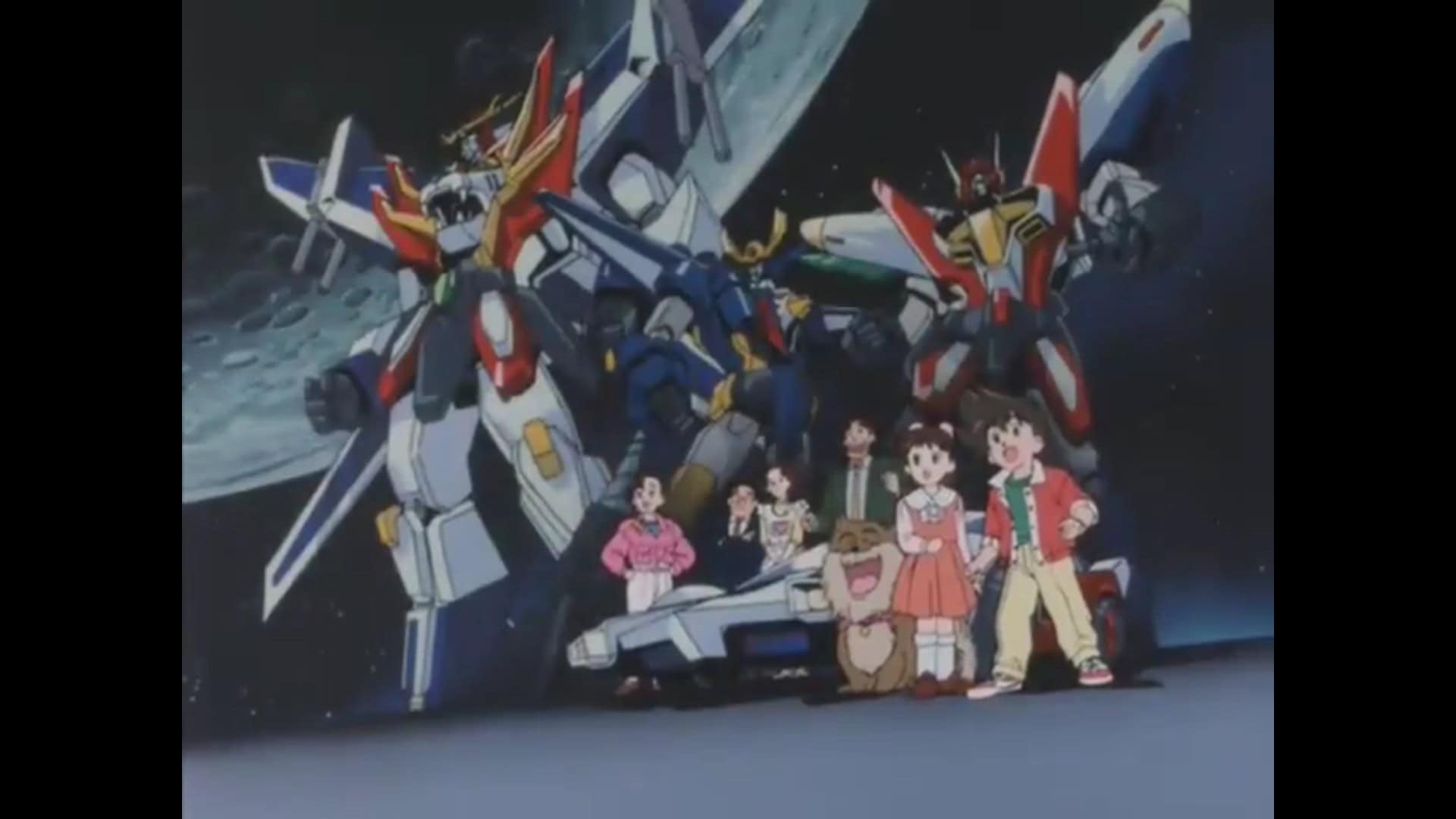
After the Transformers wave subsided, Takara made a bold move by partnering with Sunrise to produced one of the best Mecha franchise ever. Start the Brave journey with Exkaiser!
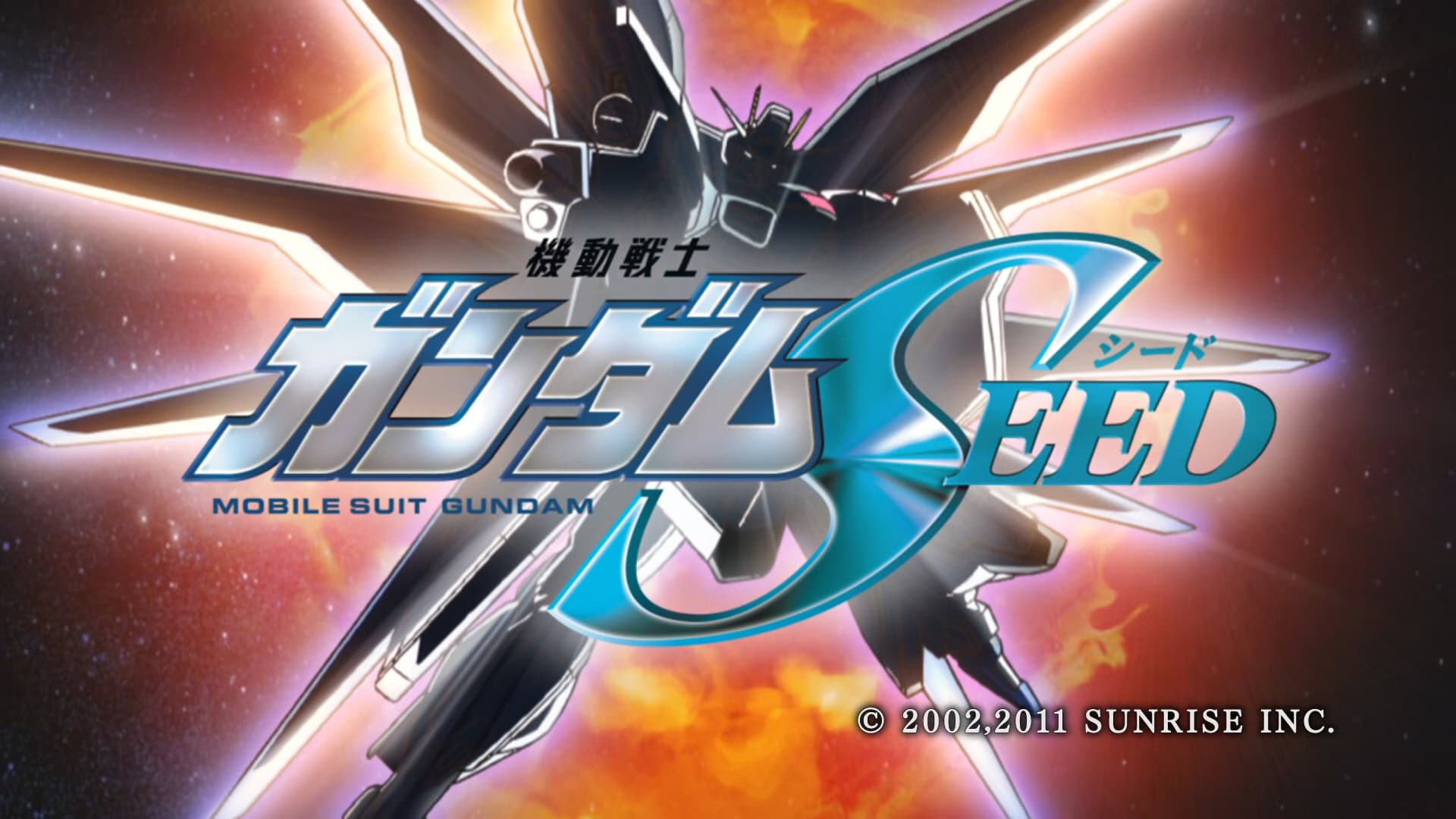
A new Gundam for a new era. Gundam Seed is one of the most popular modern Gundam series that has fans all around the world. And it also received much love from Sunrise as well.
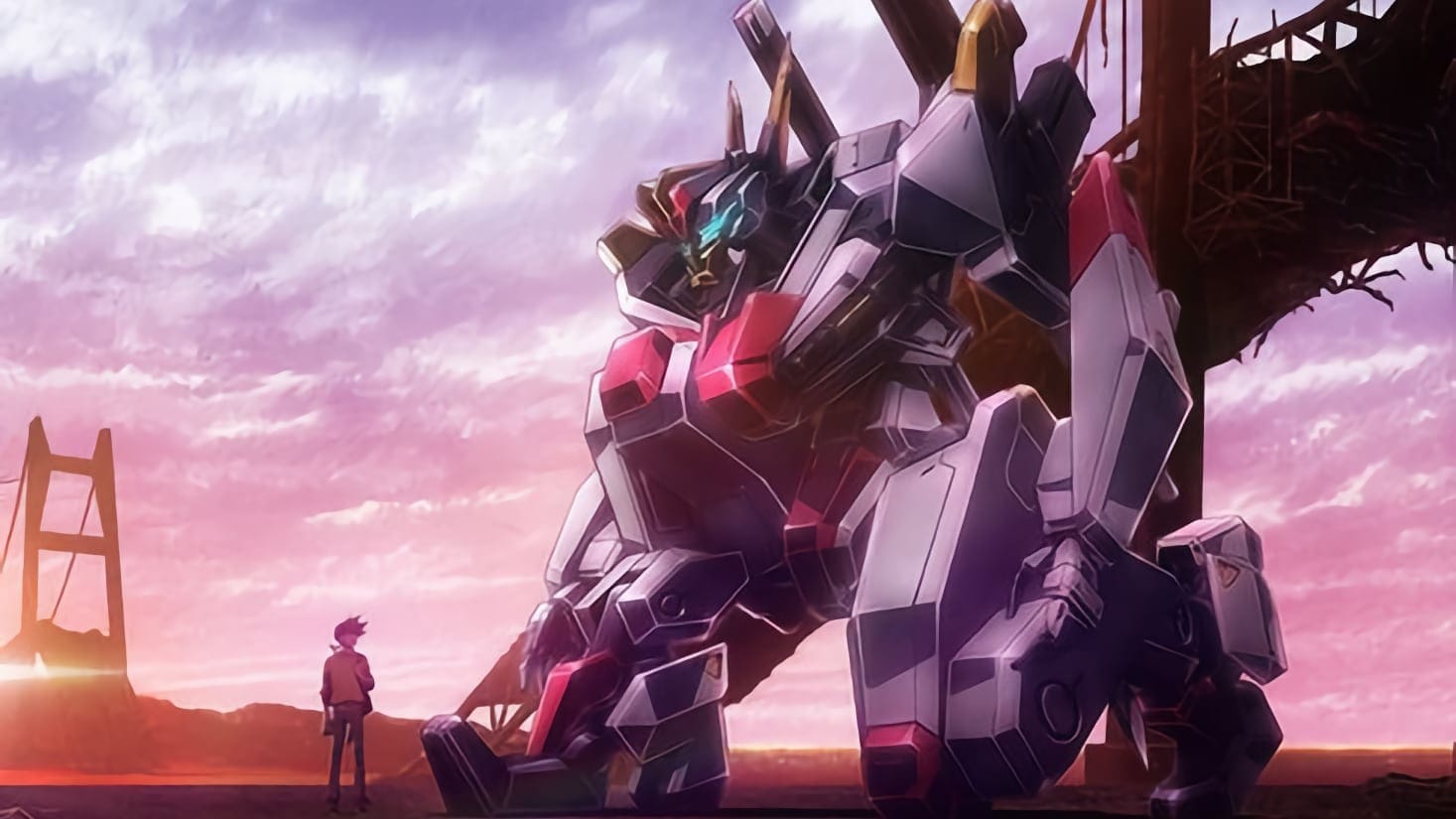
A Sunrise original mecha series after almost a decade. Kyoukai Senki was used as a toy ad and training grounds for the new animators at Sunrise.
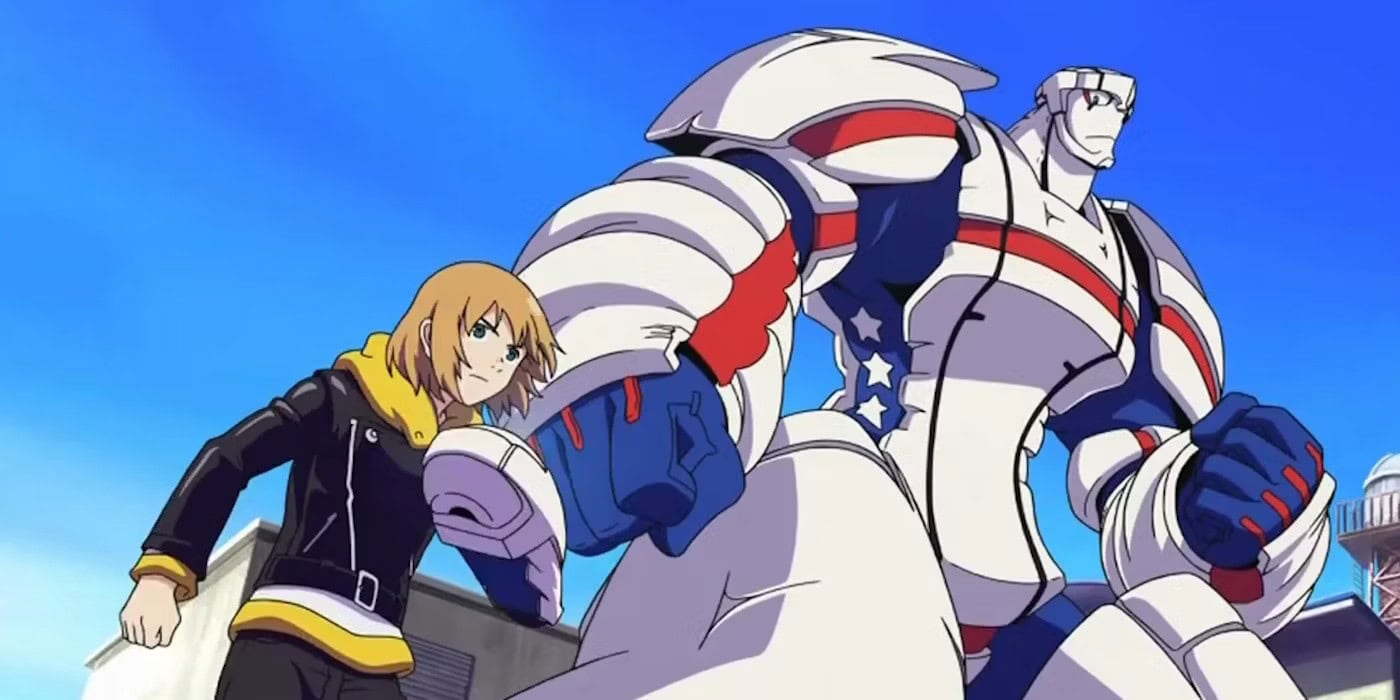
Heroman – the name that says it all. A Western x Japan superhero story about a boy who was granted great power and great responsibility. No he doesn’t shoot web, but he has a robot instead!
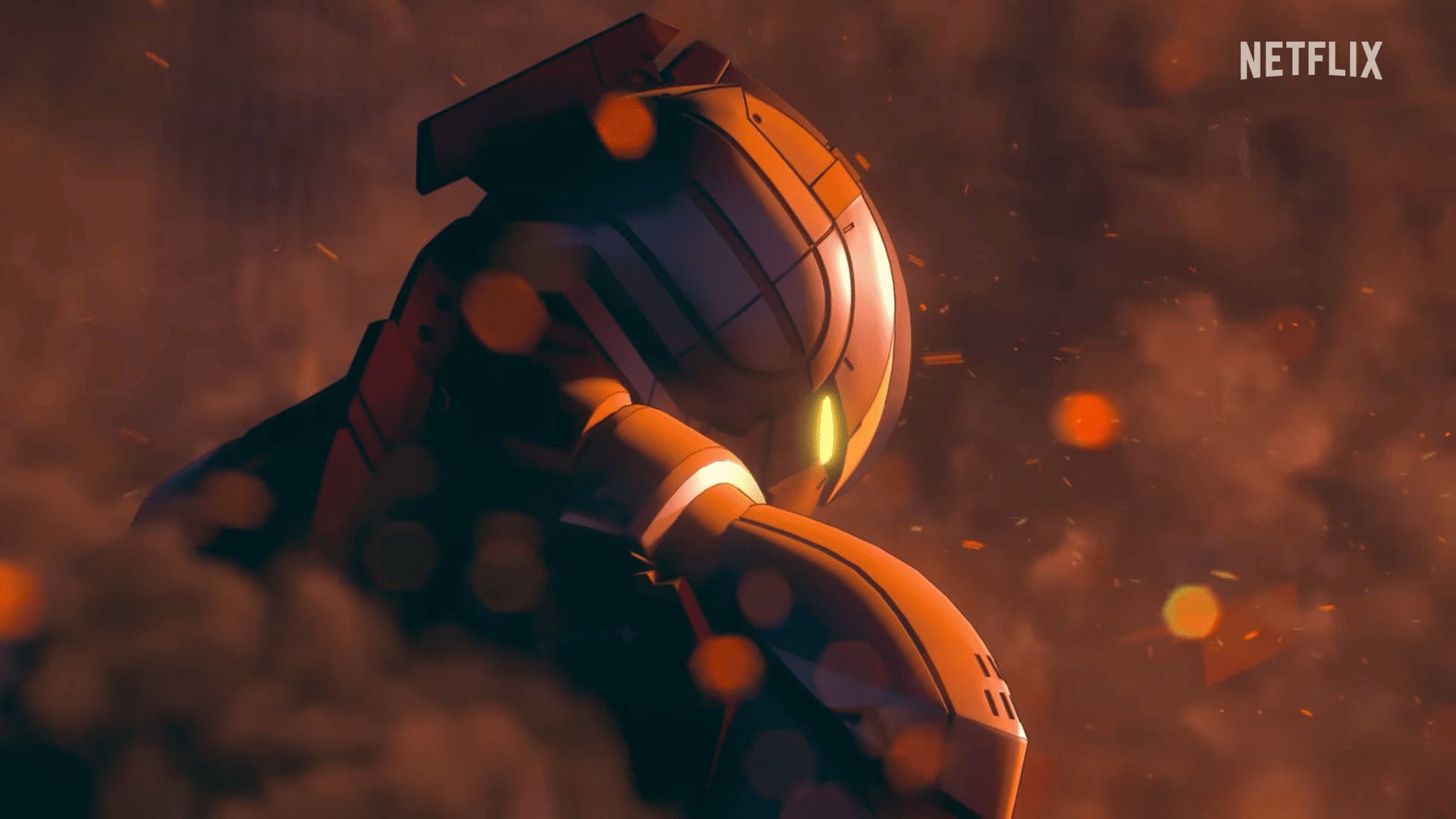
The final season of the ULTRAMAN Netflix adaptation. With the direction season 2 went, all hope seems lost in the series. But this season delivered the Light of the Giant to us once again.

A love letter to commemorate the pioneer of the Mecha genre, Mazinger Z Infinity remind us of the conviction and justice that the Iron Castle had, is, and will stand for.
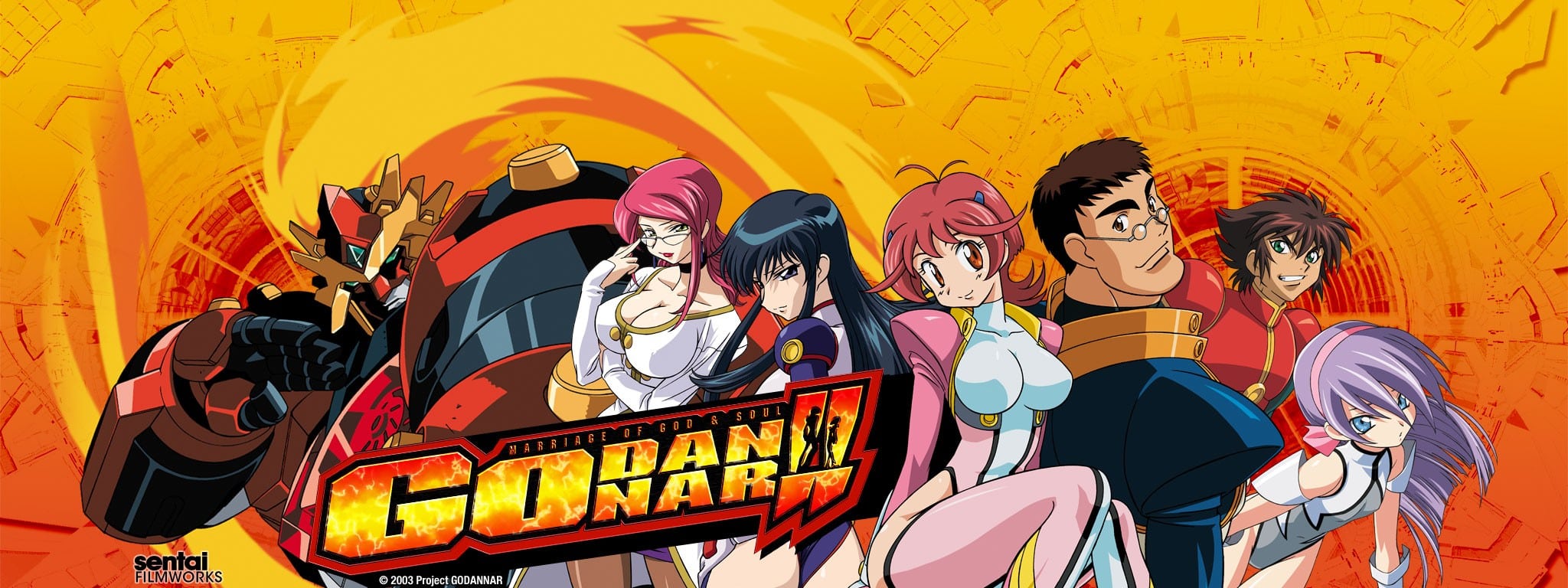
A badass and action-packed super robot series with an age-gap marriage between the two main characters. A hearth-throbbing and passionate tale about love and perseverance.

An anime from Studio Trigger that will literally blow your mind. Cyberpunk: Edgerunners is a phenomenon that will echo in the audience’s heart well beyond the future.

A new story of the boy who awoken a machine. Casshern Sins follow a conflicting young man in a world where life seems meaningless, yet everyone yearn for it anyway.

A passionate love letter to one of the oldest and most revered mecha franchise – Getter Robo Arc aimed to deliver a sought-after conclusion to the manga. But did it succeed?
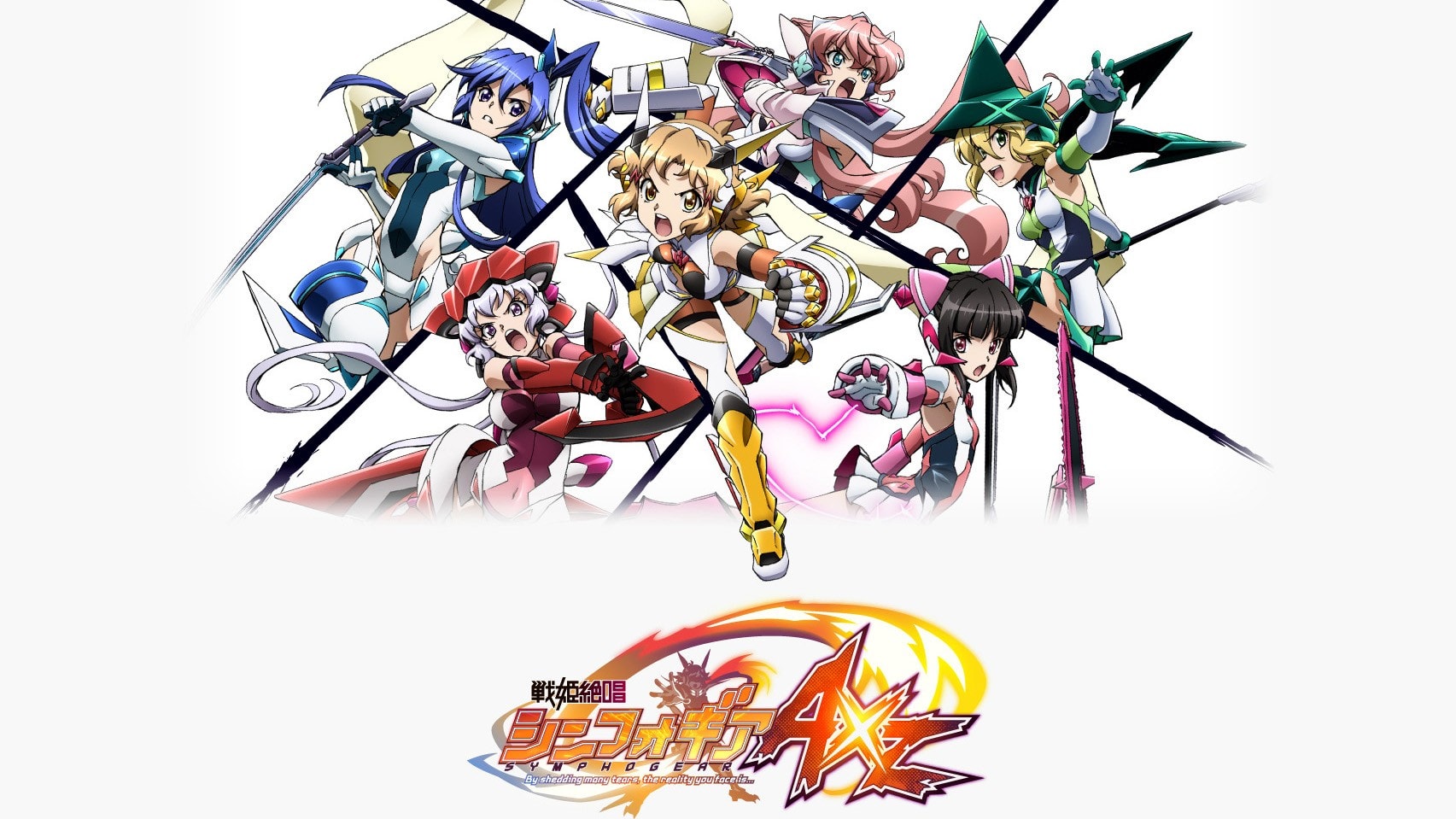
Just when things have calmed down, the Gear Users once again face an apocalyptic threat from a mysterious high order. This put Hibiki and her friends at risk once more.
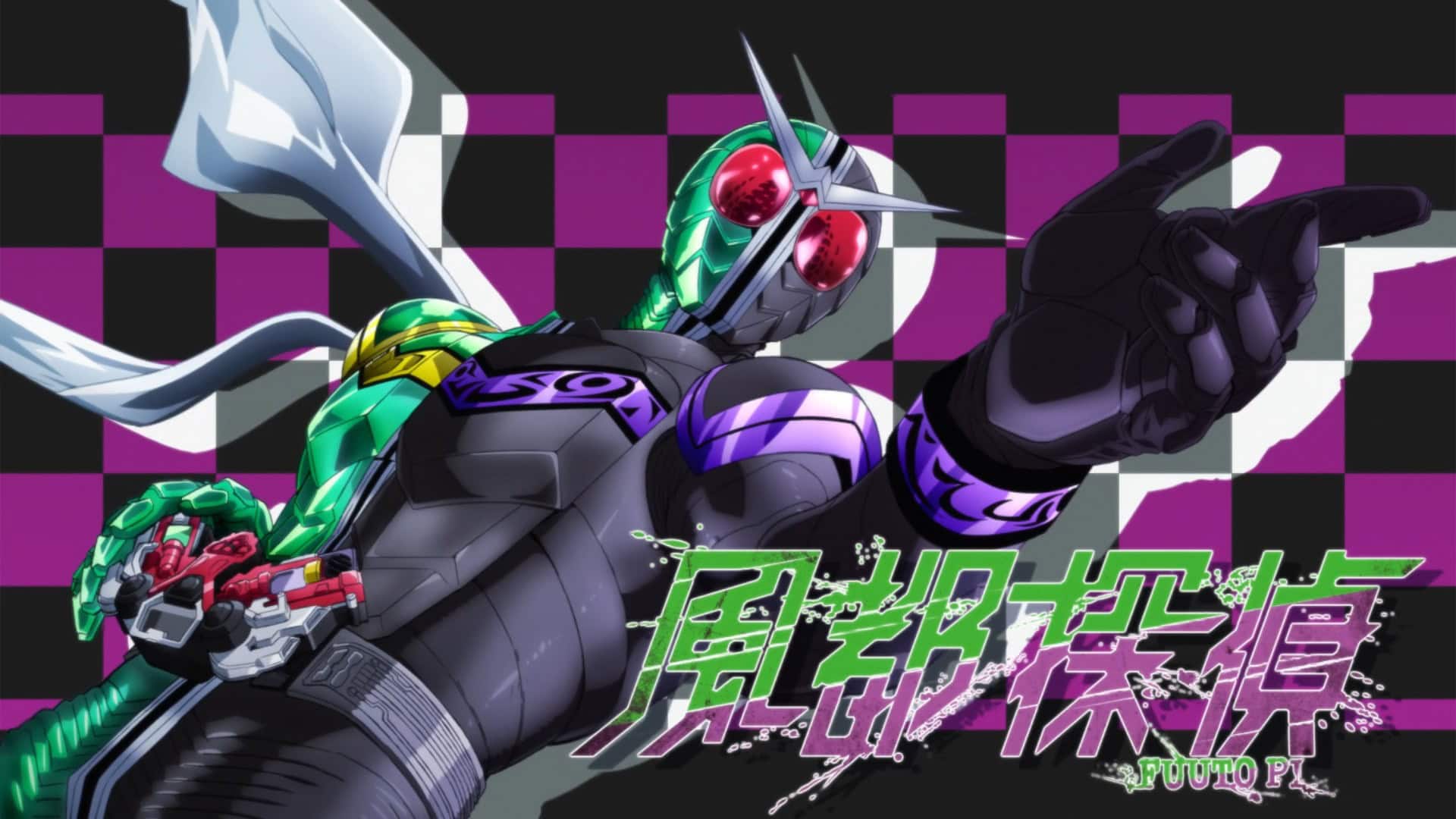
The detectives of the windy city Fuuto never rest. A new story unfold in front of our two-in-one hardboiled Kamen Rider W. But this time, it’s animated!

New threats emerged to threaten the world. But new allies also appear to bring the Gear’s songs to a new level. A new battle await the girls!

A tale of love and courage across space-time light years apart. A girl going through her teenage with all the hope, love, courage and grieve of a soldier.

Mahou Shoujo x Tokusatsu combined with plenty of mecha references, Symphogear bring us an audio and visual experience that is just the beginning. of a great franchise.

A blazing and explosive Super Robot series where the most ridiculous over-the-top combat happen with zero explanation whatsoever. And it’s an…all-girls anime?
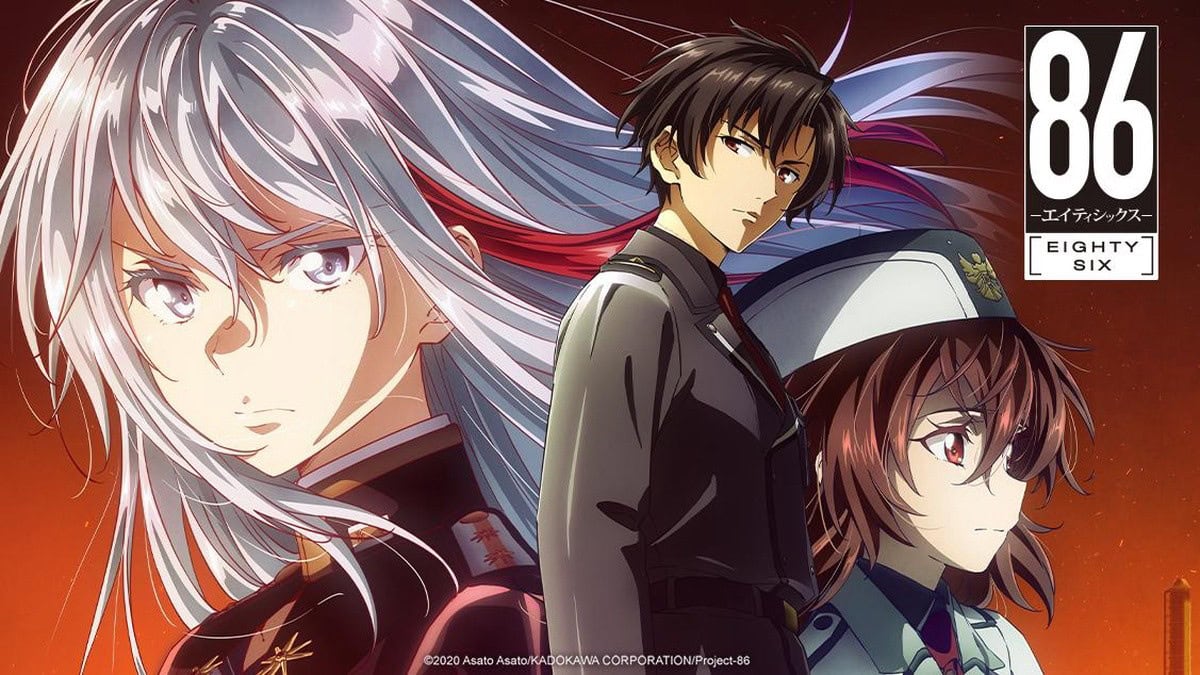
A new nation, a new story, a new battlefield. The reborn Eighty Six must choose between a life of peace or death. Will the Reaper be able to move on?
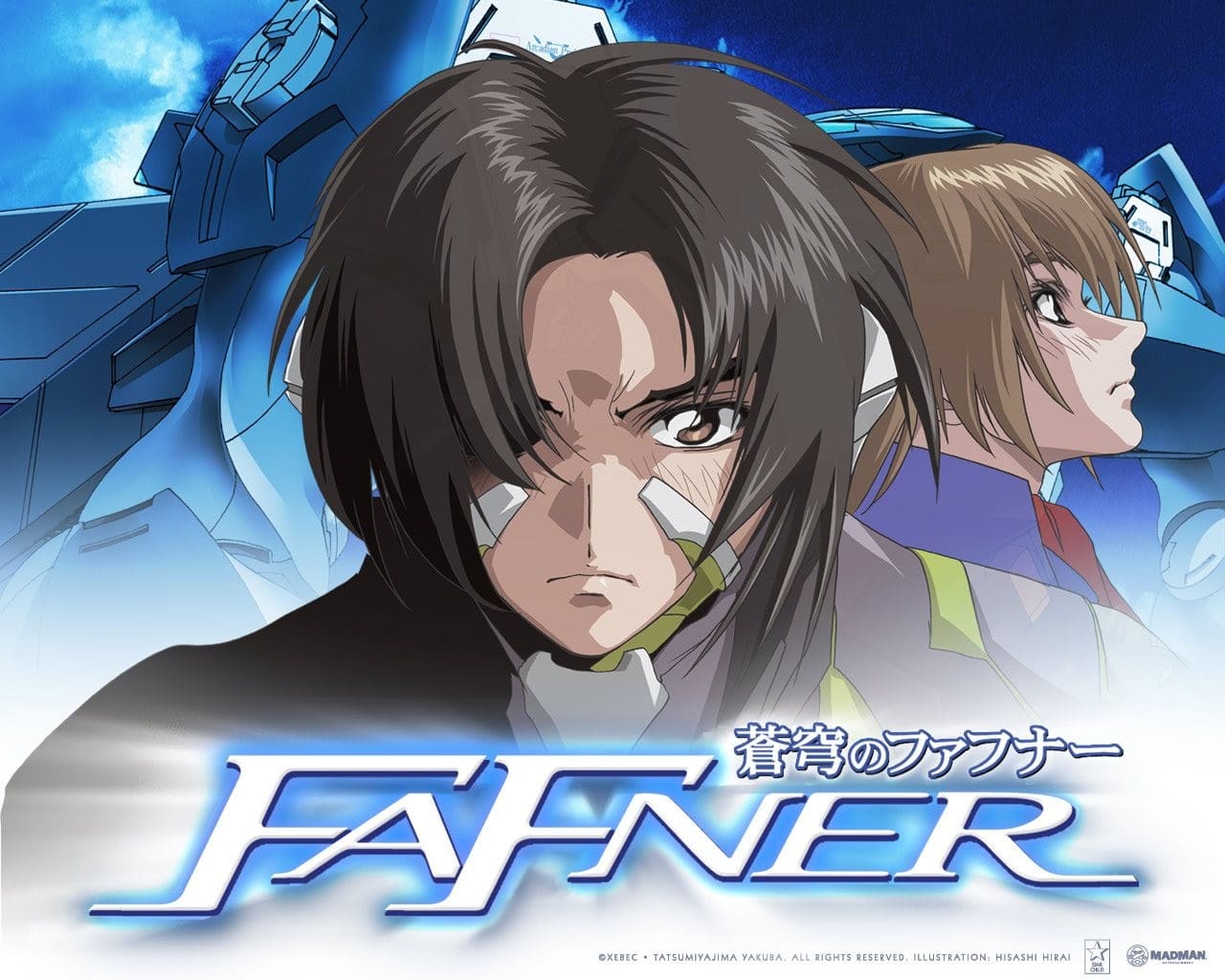
A double life of peace & war – young people being sent to the frontline where they could lose their lives, but they fight on so they can go home, to their false peace.

